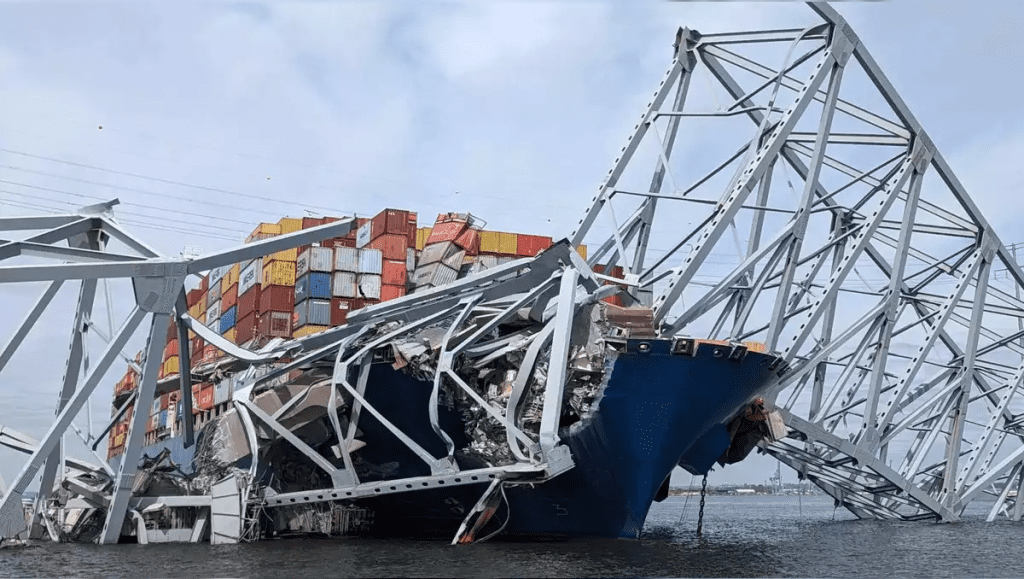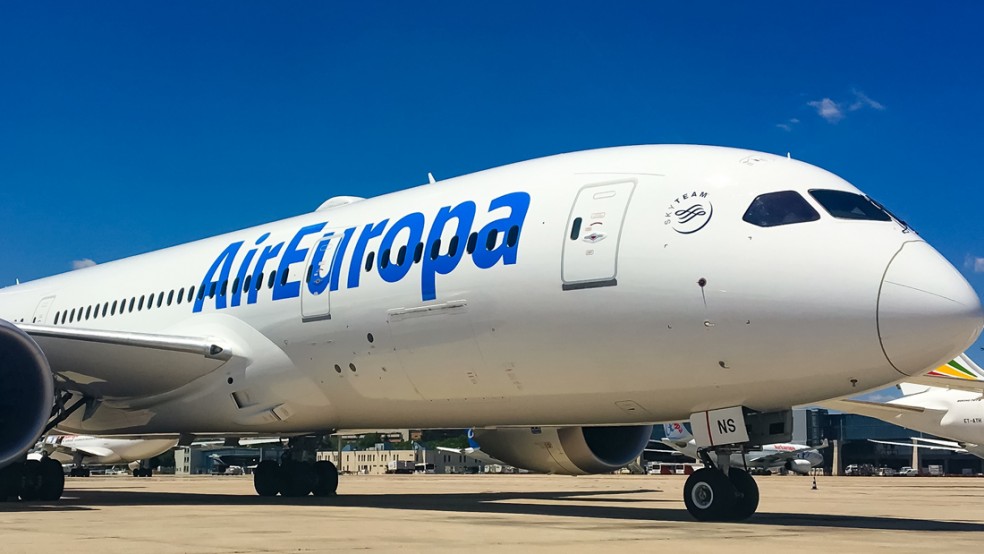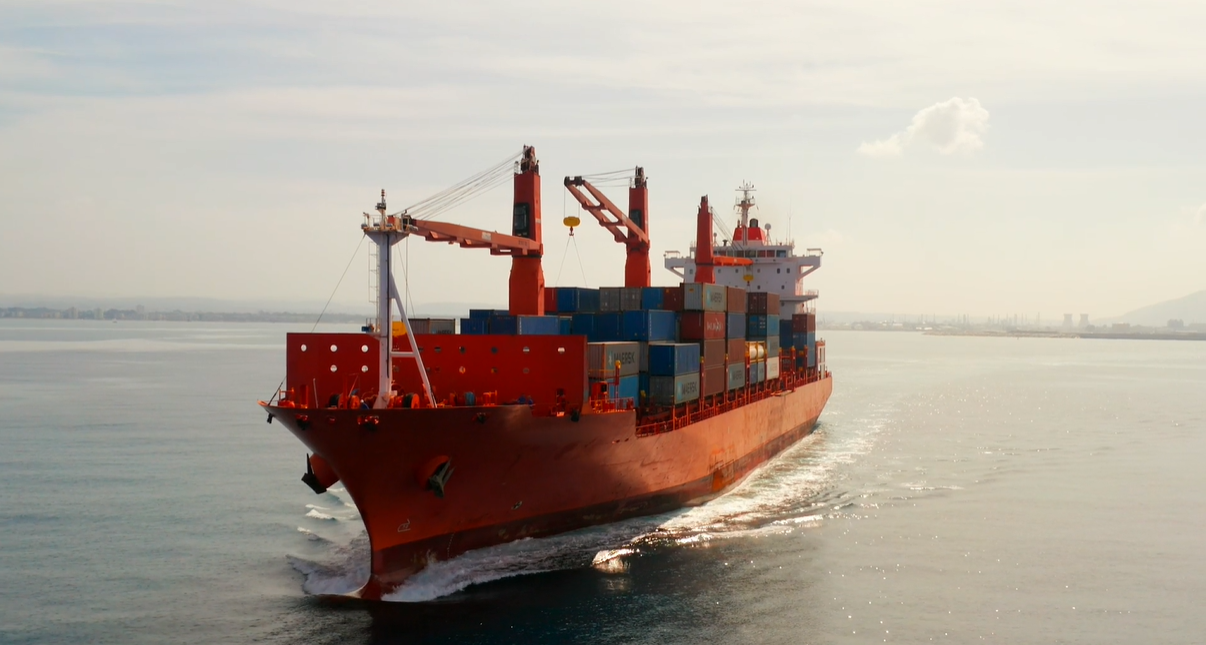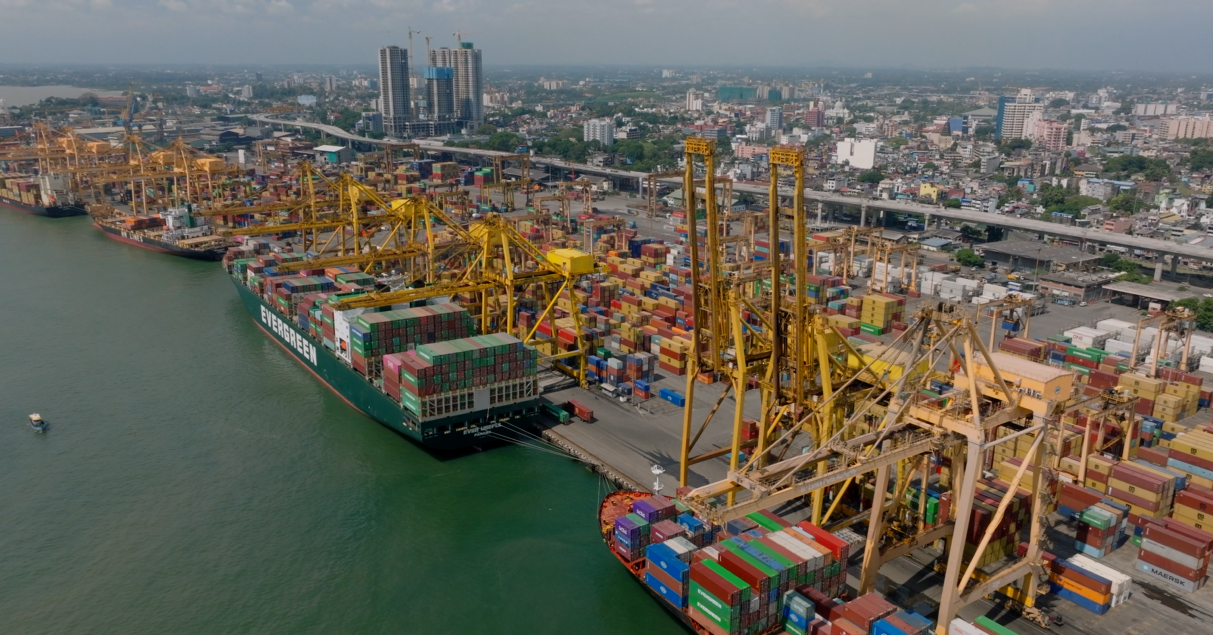FREIGHT FORWARDING, CUSTOM BROKERS
Rising Container Shipping Rates: US Demand & Red Sea Issues
The global shipping industry is grappling with rising world container shipping rates: US demand and Red Sea troubles amplify port congestion. These factors are creating severe bottlenecks at major Asian ports, leading to delays and increased costs for businesses worldwide. As the industry navigates these challenges, understanding the underlying causes and potential solutions becomes crucial for stakeholders across the supply chain.
June 19th, 2024
|
3 Minute Read
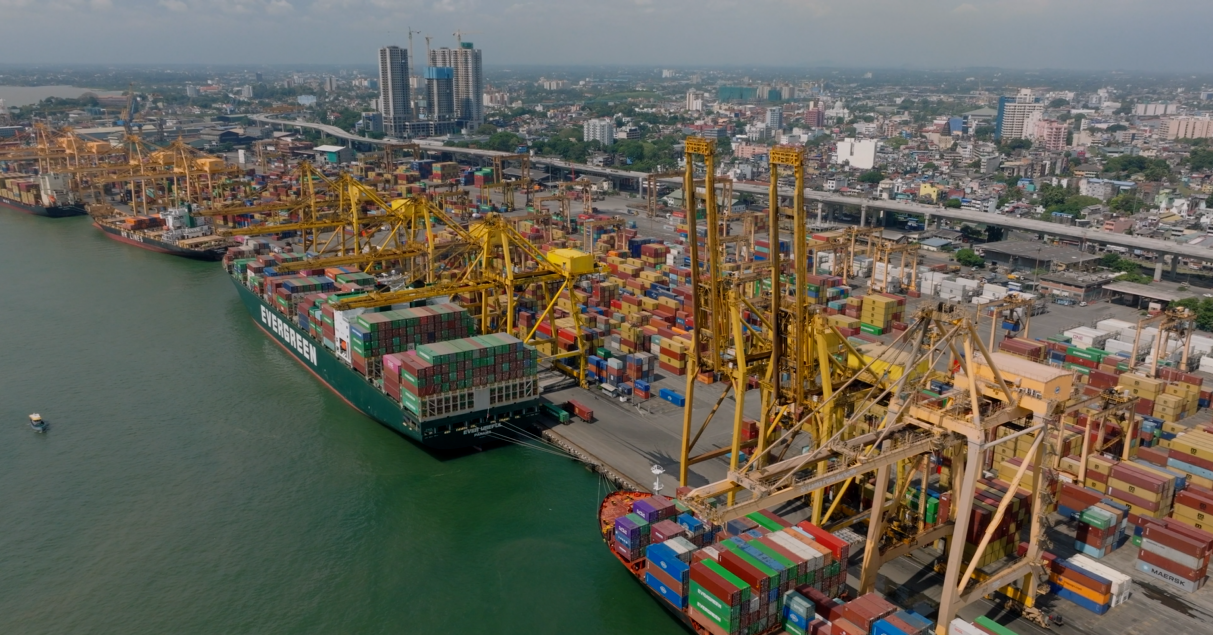
Key Asian Ports Face Severe Backlogs and Congestions Amid Ongoing Global Trade Challenges
The shipping industry is currently experiencing a surge in container shipping rates, primarily driven by persistent US demand and significant disruptions in the Red Sea. These rising costs are creating a ripple effect across global trade, impacting shipping lanes from Asia to both the US and Europe.
The Unyielding Increase In Container Shipping Rates
Recent data from the Drewry World Container Index indicates that spot rates for a 40-foot equivalent unit (FEU) on major routes to the US and Europe have soared above $6,000. This marks a substantial increase, with rates having tripled since the end of 2023. Although the rate of increase is beginning to slow, the financial strain on businesses reliant on international shipping remains significant. These rising world container shipping rates, driven by US demand and Red Sea troubles, are amplifying port congestion.
Red Sea Disruptions and Port Congestion
One of the primary factors contributing to these escalating rates is the ongoing disruption in the Red Sea. For nearly six months, regular attacks on vessels have significantly reduced the capacity of shipping lanes that are crucial for global trade. This has resulted in severe bottlenecks, particularly affecting some of Asia’s largest ports.
In Singapore, one of the world’s busiest maritime hubs, congestion has reached critical levels. Ships are now waiting nearly five days on average for berth space, a situation mirrored in major Chinese ports such as Ningbo, Shanghai, and Qingdao, where delays range from one to four days. The rising world container shipping rates, exacerbated by these port delays, are a direct result of US demand and Red Sea disruptions.
Unwavering Demand from the US
Adding to the supply chain strain is the robust demand for goods in the US. Despite a slight dip in May, import volumes at the Port of Los Angeles have remained above pre-pandemic levels throughout the first five months of 2024. This sustained demand is a key driver of the increased shipping costs, as supply chains struggle to keep up. The rising world container shipping rates are further amplified by the unrelenting US demand.
Detailed Route Analysis On Amplified Shipping Rates
According to the latest figures from Drewry, the cost of shipping a 40-foot container from Shanghai to Los Angeles rose by 0.8% to $6,025 last week, marking the sixth consecutive week of price hikes. Similarly, rates for shipping from Shanghai to Rotterdam increased by 2.4% to $6,177, the highest level seen since September 2022. The route from Shanghai to Genoa, Italy, saw a 3% increase to $6,862, significantly impacted by the industry’s avoidance of the troubled Red Sea passage. These trends highlight how rising world container shipping rates, influenced by US demand and Red Sea troubles, continue to impact global trade.
Anticipated Trends and Future Outlook On Rising Container Shipping Rates
Drewry predicts that freight rates from China will continue to rise due to the ongoing congestion at Asian ports. However, the industry is also grappling with additional complexities that may further influence future shipping costs.
Environmental and Regulatory Pressures
Stricter environmental regulations are pushing shipping companies to adopt cleaner technologies, often at a higher cost. These costs are typically passed along the supply chain, contributing to increased shipping rates. Additionally, geopolitical tensions and trade policies are causing sudden shifts in demand and shipping routes, complicating logistics for carriers. These factors further exacerbate the rising world container shipping rates.
Technological Innovations as a Solution
To combat these challenges, the shipping industry is increasingly turning to technological advancements. Automation, artificial intelligence, and blockchain technology are being leveraged to enhance operational efficiency, improve tracking accuracy, and streamline administrative processes. Although these innovations promise long-term benefits, their implementation requires substantial investment and time. These advancements are crucial in addressing the rising world container shipping rates driven by US demand and Red Sea troubles.
Adapting to the New Normal
As the global trade landscape continues to evolve, stakeholders across the supply chain must adapt to these new conditions. Businesses will need to strategize to mitigate the impact of rising shipping costs, whether through optimizing logistics, renegotiating supplier terms, or investing in technology.
Conclusion
The current spike in container shipping rates highlights the intricate and interdependent nature of global trade. With ongoing disruptions in key shipping lanes and sustained high demand from markets like the US, the industry faces significant challenges. However, through innovation and strategic adaptation, there is potential to navigate these turbulent waters and achieve greater resilience and efficiency in global logistics. The rising world container shipping rates, driven by US demand and Red Sea troubles, underscore the need for continuous evolution and improvement in the shipping industry.
Read Next
-
Industry Trends: Q2 Insights for LTL Carriers
Less-than-truckload (LTL) carriers are handling more retail freight due to…
-
Air Europa Cargo Partners with Cargo.one for Enhanced Digital Booking
Air Europa Cargo and cargo.one have launched a global partnership…
-
The Role of Electric Vehicles in Modern Logistics
Electric vehicles (EVs) are revolutionizing the logistics industry. Professionals in…
-
Are You Making These Common Freight Forwarding Mistakes?
In the fast-paced world of freight forwarding, efficiency and accuracy…
-
Supreme Court Empowers Carriers: New Regulatory Realities
On June 28, 2024, the U.S. Supreme Court delivered a…
-
Maritime Shipping Still Struggles: Ocean Rates Soar
Ocean spot rates for shipping forty-foot equivalent containers from China…
-
A Comprehensive Guide to Freight Accounting
Effective freight management is crucial for ensuring that businesses can…
-
Rising Container Shipping Rates: US Demand & Red Sea Issues
The global shipping industry is grappling with soaring container rates…
JOIN OUR MAIL LIST FOR EXCLUSIVE ACCESS TO
LATEST NEWS, TIPS, AND RESOURCES
Your privacy matters! Suntek only uses this info to send content and updates. You may unsubscribe anytime. View our privacy policy for more.

